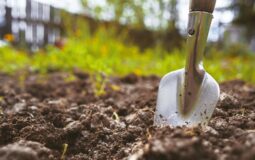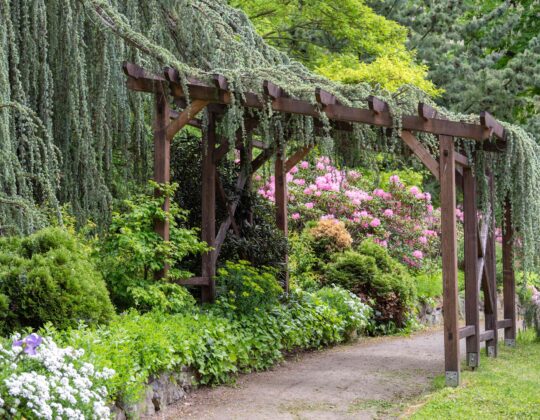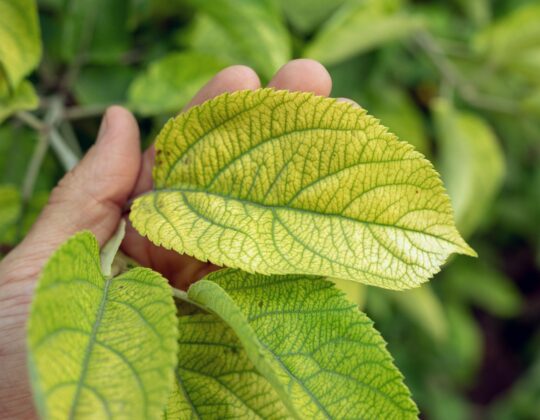Water is a precious resource, and as responsible stewards of the environment, gardeners can play a significant role in its conservation. With increasing concerns about water scarcity and the need for sustainable practices, adopting effective water conservation strategies in the garden is not only environmentally conscious but also crucial for the health and longevity of your plants. In this comprehensive guide, we will explore practical and innovative strategies to conserve water in the garden, ensuring that your green haven thrives while minimizing water usage.
1. Mulching:
- How it Helps:
- Mulching is a simple yet powerful technique to conserve water in the garden. A layer of mulch helps retain soil moisture by reducing evaporation, preventing weeds that compete for water, and regulating soil temperature.
- Application:
- Apply organic mulches like wood chips, straw, or bark around the base of plants. Ensure a thickness of 2-4 inches for optimal water retention.
2. Drip Irrigation:
- How it Helps:
- Drip irrigation delivers water directly to the base of plants, minimizing water wastage through evaporation and runoff. It provides a slow and consistent water supply, promoting efficient absorption by plant roots.
- Application:
- Install a drip irrigation system with emitters strategically placed near plants. Consider using a timer for automated and precise watering schedules.
3. Watering at the Right Time:
- How it Helps:
- Watering during the early morning or late evening reduces water loss due to evaporation. Cooler temperatures during these times also allow plants to absorb water more effectively.
- Application:
- Adjust your watering schedule to coincide with the cooler parts of the day. Avoid watering during the heat of the afternoon when evaporation rates are highest.
4. Collecting Rainwater:
- How it Helps:
- Harvesting rainwater provides a free and sustainable water source for your garden. It reduces dependence on traditional water supplies and helps conserve energy associated with water treatment and distribution.
- Application:
- Install rain barrels or other collection systems to capture rainwater from roofs. Use this harvested rainwater for garden irrigation.
5. Xeriscaping:
- How it Helps:
- Xeriscaping involves designing gardens with water-efficient plants that are well-adapted to local climate conditions. This reduces the need for excessive watering.
- Application:
- Choose native or drought-tolerant plants that require minimal water. Group plants with similar water needs together to optimize irrigation efficiency.
6. Soil Improvement:
- How it Helps:
- Well-amended soil with organic matter retains water more effectively. Improved soil structure enhances water infiltration and drainage.
- Application:
- Incorporate compost or well-rotted manure into the soil to increase its water-holding capacity. This improves the overall health of the soil and the plants it supports.
7. Hydrozoning:
- How it Helps:
- Hydrozoning involves grouping plants with similar water requirements together. This allows for more precise irrigation and prevents overwatering or underwatering of specific areas.
- Application:
- Divide your garden into zones based on the water needs of different plant groups. Water each zone according to the requirements of the plants within it.
8. Smart Plant Selection:
- How it Helps:
- Choosing plants that are well-suited to your local climate and soil conditions reduces the need for excessive watering. Native and drought-resistant plants often thrive with minimal irrigation.
- Application:
- Research and select plants that are adapted to your region’s climate. Consult with local nurseries for expert advice on suitable plant choices.
9. Adjustable Sprinklers:
- How it Helps:
- Adjustable sprinklers allow you to customize the watering pattern based on the shape and size of your garden. This ensures efficient coverage without wasting water on non-plant areas.
- Application:
- Install adjustable sprinklers that can be tailored to target specific areas of your garden. Regularly check and adjust their direction to avoid overspray.
10. Grouping Containers:
- How it Helps:
- Grouping containers together creates a microclimate that reduces water loss through evaporation. Plants in closely arranged containers also provide shade to each other.
- Application:
- Arrange potted plants in clusters, ensuring they are close enough to provide shade to one another. This minimizes water usage for individual containers.
11. Regular Maintenance:
- How it Helps:
- Regularly inspecting and maintaining your irrigation system ensures that it operates efficiently, minimizing water waste. Fixing leaks and adjusting components contribute to effective water conservation.
- Application:
- Periodically check for leaks, clogs, or misaligned sprinklers in your irrigation system. Perform routine maintenance to keep it in optimal condition.
12. Educating Gardeners:
- How it Helps:
- Educating yourself and fellow gardeners about water-efficient practices promotes a culture of conservation. Sharing knowledge and experiences can contribute to a more water-conscious community.
- Application:
- Organize workshops, share information on social media, or participate in local gardening clubs to spread awareness about effective water conservation strategies.
Conclusion:
Conserving water in the garden is a responsibility that yields both environmental and personal benefits. By implementing these effective strategies, you not only contribute to the sustainable use of water but also create a garden that thrives with mindful and efficient irrigation practices. Embrace the principles of water conservation, experiment with different techniques, and watch as your garden flourishes while preserving this precious resource. Together, as stewards of our environment, we can cultivate a greener, more sustainable future. Happy gardening!








